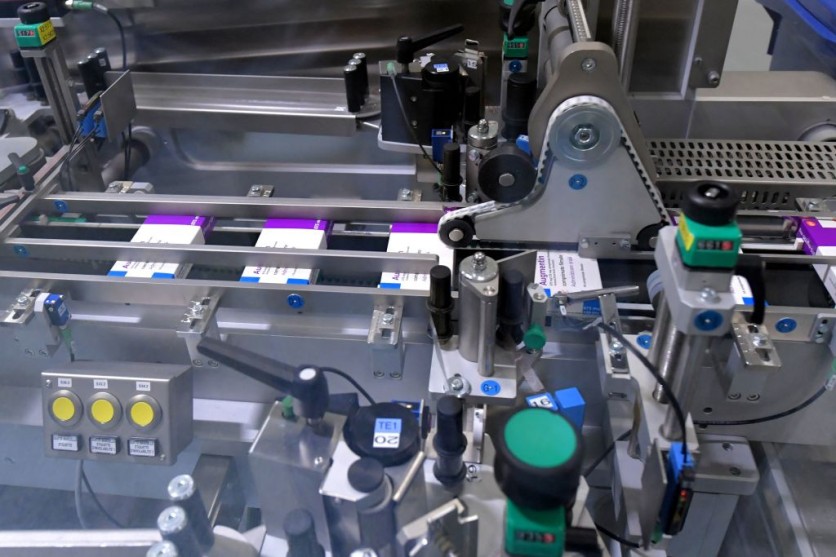Researchers from Caltech and MIT developed pill-shaped ingestible robotics that is filled with sensors that can address gastrointestinal issues better, as reported by TechCrunch.

How It Works
The system uses electromagnetic fields via a coil operated outside the body to detect the mechanism's progression through the GI tract. Thus, the external system can determine the pill's location based on the strength of the electromagnetic read relative to its position.
They have started testing the system in models of large, non-human animals, and they can accurately determine the system's position within 5 to 10 millimeters.
The early applications of the technology can spot things like constipation, gastroesophageal reflux disease, and gastroparesis early. Their goal is to offer a system that can be used at home without the need to go to the doctor's office or even the hospital.
However, there has yet to be a specific timeline for the system. But the next steps will involve testing it in animals and then clinical trials with humans before they partner with manufacturers to bring it to the market.
Also Read: Ingestible Electronic Sensor Measures Breathing, Heart Rate From Inside Your Gut
Ingestible Robotics
Ingestible robotics is a field of research that seeks to develop robots that can be swallowed or inserted into the body to perform various tasks. These robots can diagnose, treat, and monitor medical conditions, deliver drugs, and perform surgery. They can also be used to detect and monitor environmental conditions in the body and respond to diseases.
The technology is still in its early stages, and much research is needed to make it safe and effective. However, some prototypes have already been developed and tested in animals and show promising results. In the future, ingestible robotics could revolutionize how we diagnose and treat diseases and improve our quality of life.
Ingestible robotics could also be used to monitor and detect changes in the body over time. For instance, they could measure vital signs such as blood pressure or heart rate and track nutrient levels and other biochemical markers related to health. This would enable doctors to understand a patient's condition better and provide more precise treatments tailored to their needs.
The potential applications of ingestible robotics are vast and could revolutionize how we diagnose, treat, monitor and respond to medical conditions. For example, robots may be able to detect diseases in their early stages or deliver drugs directly to specific areas of the body with greater accuracy than current methods. In addition, they can also provide real-time monitoring for patients with chronic illnesses such as heart disease or diabetes. Furthermore, these robots could reduce recovery after surgery by performing precise tasks inside the body that would otherwise require invasive procedures.
Related Article: This Diabetes Implant Will Magnet Insulin Ingestibles, with a Robot in Your Abdomen

ⓒ 2025 TECHTIMES.com All rights reserved. Do not reproduce without permission.




